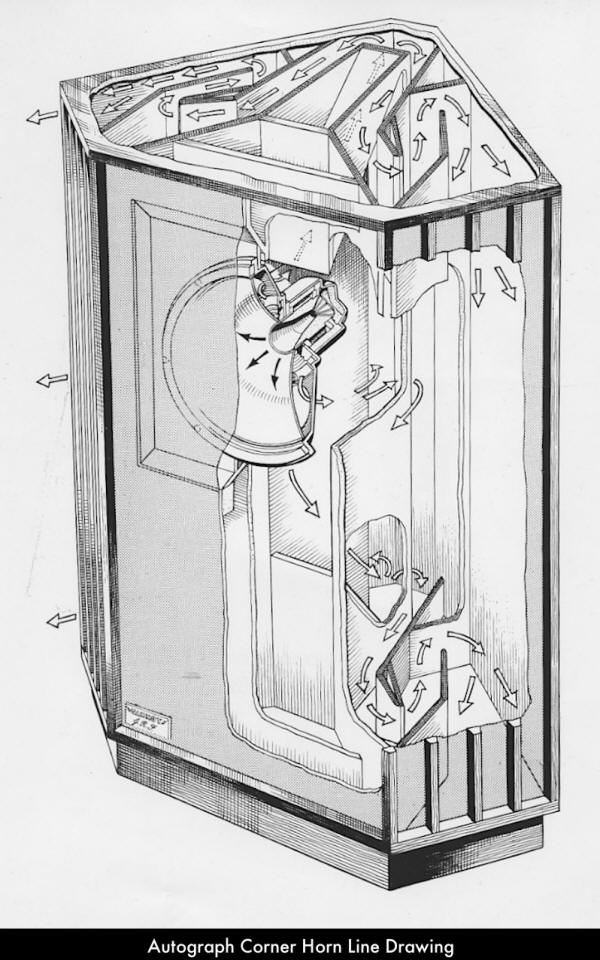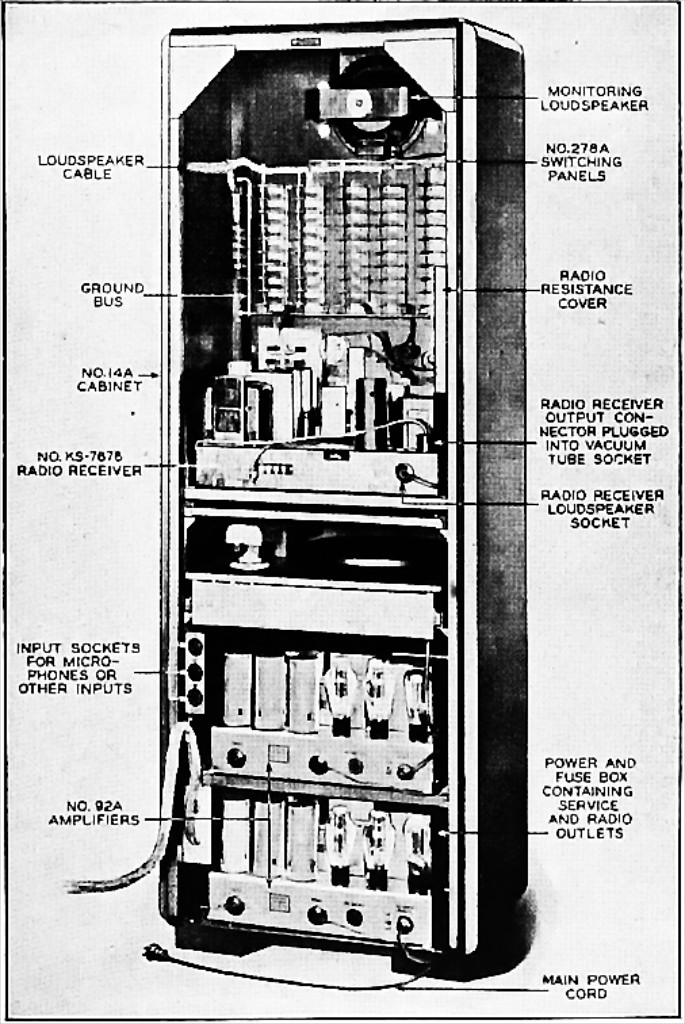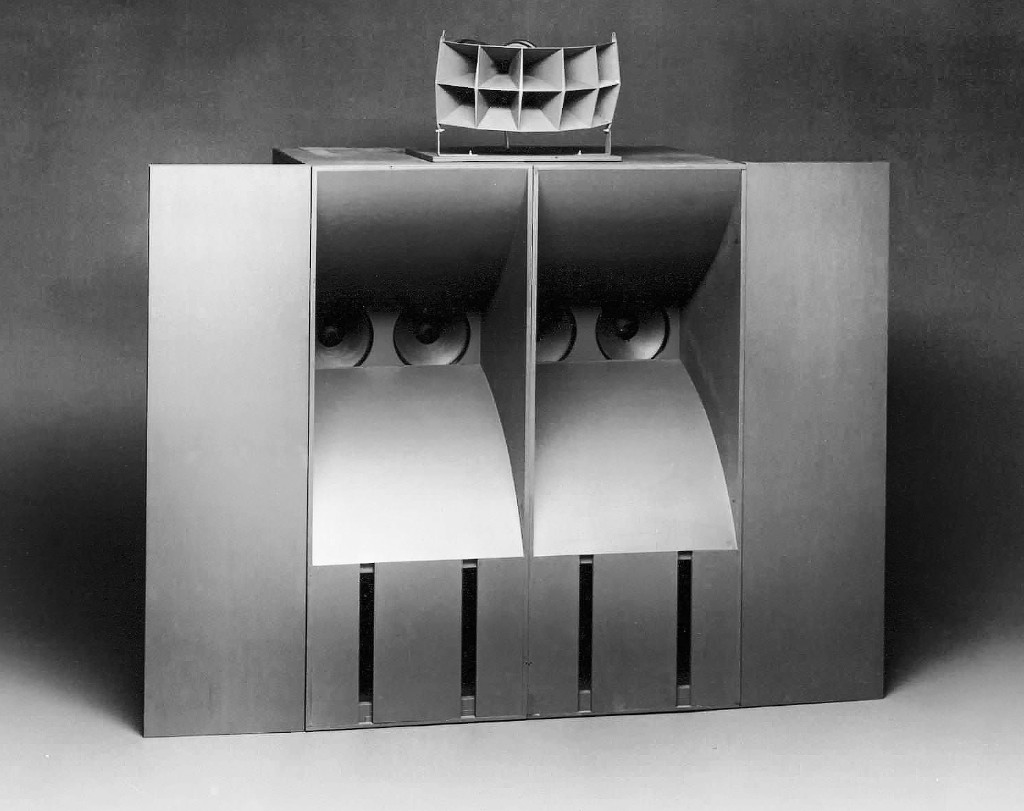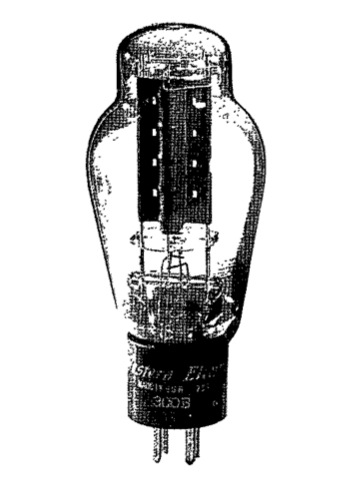I had a revelation in musical understanding while listening to Mark Coles' Sablon Audio Panatela interconnects while writing the review for Positive Feedback Online.
The musical revelation that dawned on me was the importance of timbral listening in my personal hierarchy of listening priorities. The significance of that revelation to understanding my listening preferences has only continued to grow since the Panatela review was published, so I thought I'd post some further thoughts about it in case it might be of some use to you as well.
Many listeners in North America have not heard of timbral listening, so I should probably take a moment to explain it, so what I am about to say makes more sense. By way of introducing the concept of timbral listening, I will point out that people in different cultures around the world listen to music differently, by placing more attention on listening to certain aspects of music's attributes than is common to other cultures. It might seem surprising, but the truth is that not everyone hears things the same way as you do when listening to the same piece of music.
For example, in Western culture, the conventional way of listening to and interpreting music is for the ear to focus in on pitch and harmony first. Yet in the traditional cultures of Turkey, Africa, and Japan, the listener's ear focuses in on the textures and colors of the music first - that's called timbral listening. Audiophiles in North America have added another aspect of listening to recorded music, which I will call 'sonic listening'. In sonic listening the ear is trained to focus in on non-musical recording artifacts first, things like transparency, soundstage, soundspace, and imaging, for example.
None of these emphases on listening to music is right or wrong, good or bad, or anything like that, they are all equally valid, they just are what they are. However, understanding that differences in musical listening styles legitimately exist will help you to understand your own listening preferences better, and will ultimately help you to build a Hi-Fi system that will be more satisfying to you during listening sessions.
Take me as an example: I discovered during the Panatela review that my listening is weighted towards timbral listening first, followed by Western-style listening to pitch and harmony, and to a lesser extent there is a contribution from the audiophile-style sonic-listening. So timbral listening, pitch & harmony listening, and sonic listening contributes to my listening palette. That's how I break out in listening styles, you might be different, and it's all ok.
It turns out that in the voicing process of high-performance audio products the designer will also imprint his or her listening palette on it, and whether your tastes match theirs will have a lot to do whether you will like the product or not. When I listened to the Panatela I was spellbound, because it presented the music in a way that 'lit up' the things in music that are the most important to me. I said in that review, "Every once in a while you listen to a piece of Hi-Fi gear and it completely resets what you think is possible for a genre of gear, and this is what happened with the Panatela interconnect. The difference I heard in musicality and sonic performance in my system was as much of a shock to my expectations as was my first listen to a SET amplifier on that fateful day back in 1996." The truth is that the Panatela is brilliant in the way it presents the timbral and color elements of music, and it is a breakthrough for me in that regard.
So that means there are certain types of Hi-Fi gear that will appeal more to those whose emphasis is towards timbral listening than it will to others. For example, for reasons that I'll elaborate on in a moment, I believe Tannoy Dual Concentric & Altec loudspeakers fall into this category, as do directly-heated single-ended-triode amplifiers like the 300B, and certain voicings of vinyl front ends (e.g. using Denon 103, EMT TSD 15, and Ortofon SPU cartridges).
Now I want to tell you a little story about why I think this is so by using the example of a new-old style of music listening that has evolved over the last 40 years.
Let's start by talking about the now legendary Western Electric 300B that resulted from a slight modification to the Western Electric 300A vacuum tube that was introduced in 1935, which was used in the previous models of Western Electric audio amplifiers like the 92A. The photo below shows a typical commercial installation of audio amplifiers for the time period. Note the pullout turntable in the rack above the 92A amplifiers.
Single-ended-triode vacuum tubes & amplifiers like the Western Electric 300B & 91A started fading from the scene when the higher power Williamson push-pull circuit utilizing negative feedback, and more powerful vacuum tubes like KT66, appeared in 1947. By the middle of the 1970s the world had almost completely forgotten about the Western Electric 300B & 91A. Those single-ended-triode fires had burned down to a faint glow and were ready to pass into a state of extinction, but then something wonderful happened: Japanese audiophiles rediscovered 300B directly-heated single-ended-triode vacuum tubes in the late 1970s and resurrected the 300B SET amplifier.
Japanese audiophiles noticed how good the 300B SET amplifiers were both musically and sonically, and they started quietly buying up vintage American vacuum tubes like the Western Electric 300B, vintage American tube amps like the Western Electric 91A, and vintage speakers that were designed to be used with low powered vacuum tube amplifiers (like the Tannoy series of Dual Concentric™ speakers and enclosures, and the Altec Voice of the Theatre loudspeakers (Altec was a spin off company of Western Electric incidentally)).
I believe that part of the reason for those gear preferences was that those Japanese listeners were more discriminating when it came to listening to timbral aspects of the music because of the tradition of timbral listening in their culture, and those particular components they chose excelled in reproducing those timbral traits. Those enthusiasts continued to develop and refine those systems so that their presentation of music's timbral and color elements were truly profound, and their timbral listening emphasis was expressed through equipment choices that maximized those qualities to result in a very different presentation of music than many listeners in the West were used to at the time.
However, once a fire is lit, you really can’t keep it hidden for long, and word about the amazing musical realism attained by combining direct-heated single-ended-triode (DH-SET) amplifiers with highly sensitive loudspeakers soon got out. The French enthusiast audio magazine L´Audiophile had discerned the aroma of music wafting in on the breeze from Japan and responded by opening a shop in Paris to do demonstrations of this new-old style of music listening.
In 1986 L´Audiophile demonstrated a 300B amplifier using a Cetron 300B at their store in France that signaled the rebirth of the 300B on French soil. The musical realism, the exquisite textures & colors, and the dynamic truths that L´Audiophile achieved so easily in their demonstrations using 300B amplifiers, Altec Onken & Voice of the Theatre systems, and playing records on a Platine Verdier turntable, impressed a lot of people, and the SET, horns, and vinyl approach to musical nirvana started to go viral, working it’s way into Germany.
The founder of Auditorium 23 in Germany, Keith Aschenbrenner, told me that after hearing the L´Audiophile system during this period, he thought that what Philippe, Jean, and Gerard were doing was remarkable, and their demonstrations marked a major milestone in musical realism in audio. Keith told me, "It was quite an education to hear that new 300B SET approach to amplification. When we got that first 300B SET amplifier in our shop, connected it to the Voice of the Theatre loudspeakers, it was just like a musical Christmas present. In the beginning, we handled it like Sunday shoes. The harmonic integrity and musical realism were astonishing. We went from using it for special demonstrations only to using it every day. Going back to our other equipment became so hard that we just gave up on it and stayed with the 300B."
A little while later the single-ended-triode virus made it to the North American audio scene when Noriyasu Komuru started building SET amps, as did Gordon Rankin, and Don Garber. The SET fires had begun burning in the consciousness of audio enthusiasts across North America, where whispers from the audio underground were heard to say "SETs live again, and they can bring your music back to life." The SET resurrection fires raged on through time and place to a point where most enthusiasts now consider the SET amplifier to be a normal part of the Hi-Fi scene.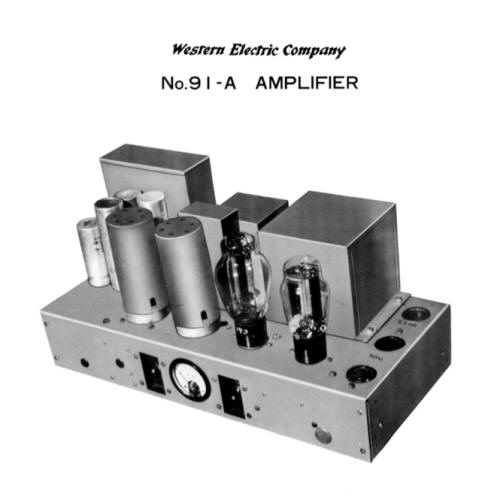 So I think what happened here as this new-old timbral way of listening was introduced to the West, was that it was mistakenly interpreted as being about the unique sound of horn loudspeakers combined with SET amplification and vinyl front ends, but in reality it was an introduction to a beautiful expression of a particular culture's unique way of listening - timbral listening.
So I think what happened here as this new-old timbral way of listening was introduced to the West, was that it was mistakenly interpreted as being about the unique sound of horn loudspeakers combined with SET amplification and vinyl front ends, but in reality it was an introduction to a beautiful expression of a particular culture's unique way of listening - timbral listening.
Timbral listening really resonated (no pun intended) with a lot of listeners who heard it, in particular those listeners who already had a predisposition towards it; like those original Japanese enthusiasts who first developed it; like Philippe, Jean, and Gerard at L´Audiophile who introduced it to France; like Keith Aschenbrenner who introduced it to Germany, and like Gordon Rankin, and Don Garber who introduced it to me in North America. All I can say to all of you is 'Thank you so much!'.
So anyways, that's a brief introduction into the history of timbral listening and some of the Hi-Fi gear that excels at it.
As a result of my being drawn towards the musical content of recordings, I tend to be a bit more of a timbral listener than is typical for a lot of Westerners, meaning that the reproduction of the textures, colors, and tones & overtones in the music are really important to me. To this end I look for timbral realism at the band level (the band's signature 'sound') and at the individual instrument level (the unique 'voices' of instruments). I want them to sound recognizably like themselves in tone and texture, so that their full tone color can develop, which I think helps lend a feeling of beauty and expressiveness to the music.
So far nothing in my Hi-Fi experience brings these aspects of music to life quite so well for me as does this new-old style of timbral listening, in my case using Tannoy Westminster Royal SEs, 300B amplifiers, and a vinyl front end using a classic EMT TSD 15 cartridge.
Western-style, I also listen for the melody (the tune you 'whistle while you work'), harmony (treble & bass accompaniments to the melody) and rhythm (the steady beat that determines the tempo), and I like my reproduced music to have a life-like flow and connectedness in how the musicians interact—just like in real life. I want dynamics (variations in loudness) to evoke that which I hear in life for an emotional connection to the melody and rhythm. For loudness I like my music playback to be similar to live loudness levels, which for the kind of music I listen to the most, jazz, usually means 80 dB or louder. I want tempo portrayed so that both the mood and speed of the music are conveyed through it, just like it is with music in real life.
Finally, I consider the sonic performance of a Hi-Fi rig on the non-musical artifacts of the recording process to be of value, but of less importance to me than the performance on the musical content of recordings (as above). So things like transparency (being able to 'see' into the recording), soundstage (the three dimensions of the recorded space in width, height and depth), soundspace (the acoustic 'space' of the soundstage), and imaging (the feeling of solidity and localization of instruments & musicians on the soundstage) are important to me, but they are not my primary focus - the musical content is.
Ok, so that's me, and you might be different, but at least now you know how, and maybe it'll be of some use to you in the future. I hope you enjoyed my little foray off into timbral listening styles.
Thanks for stopping by!





